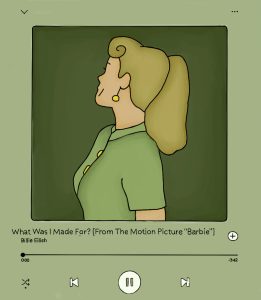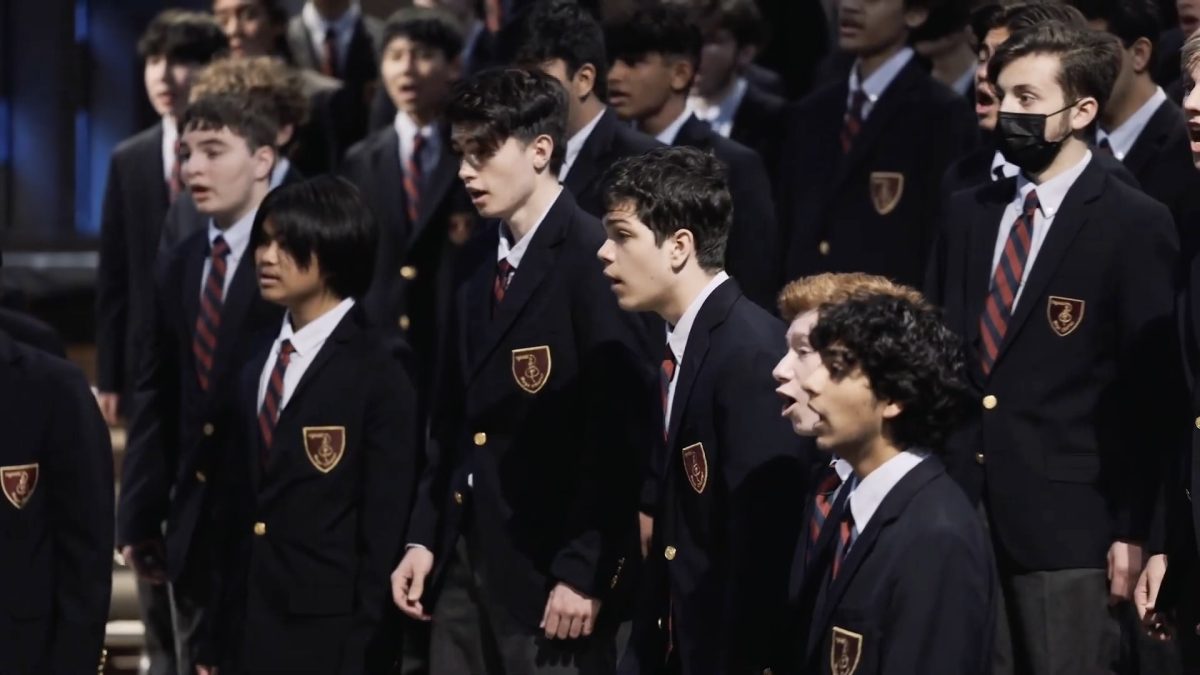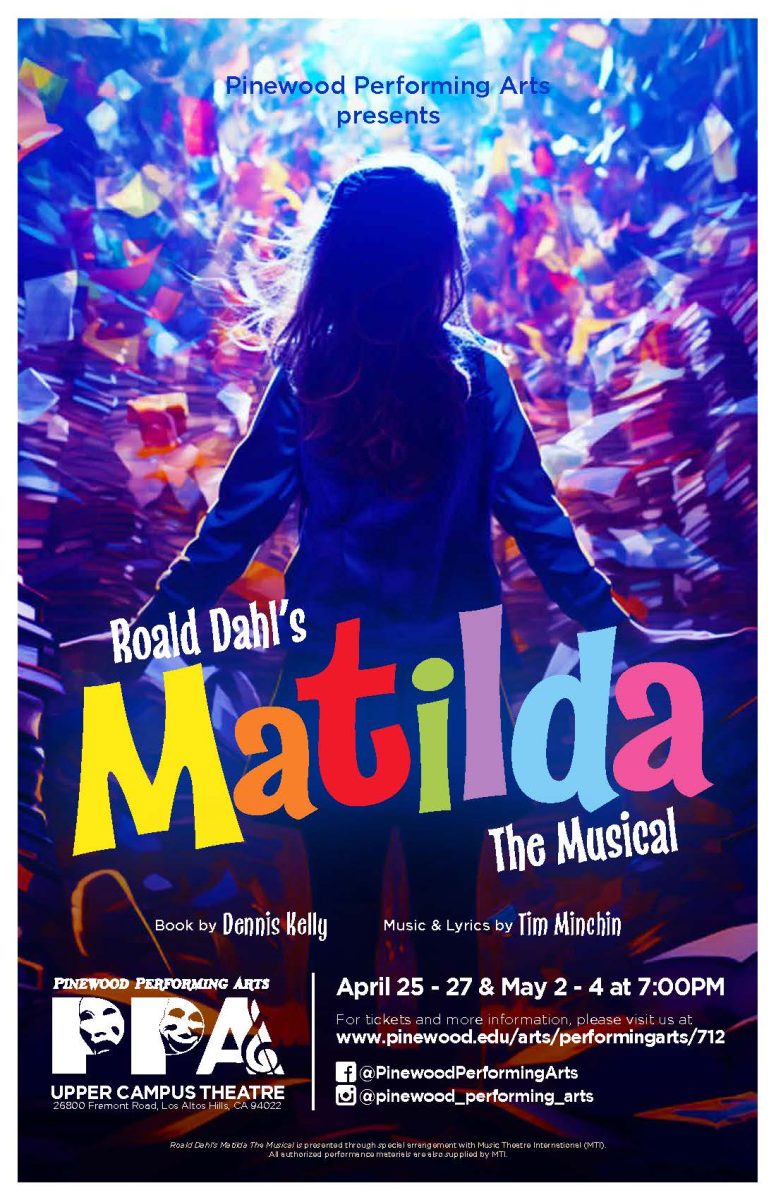On each day of Ganesh Chaturthi, a Hindu festival dedicated to the god Ganesha, my house hums with excitement. There’s the beautiful altar we construct with fresh fruits on silver platters and flowers adorning the clay statue in the center. There are the traditional clothes we wear with gold-stitched hems that sway at our ankles. There is the sandalwood incense and the fragrance of camphor, drawing swirling trails throughout the house.
Then there’s the music we play as we perform aar- ti, which involves lifting a platter of candles and pow- ders and moving it in circles in front of a deity’s idol to demonstrate devotion and love. We put our palms together, close our eyes and murmur words that have been sung for centuries.
“Sukhkarta Dukhhurta Varta Vignachi…”
“Oh Lord, who provides joy, takes away sadness, and removes all obstacles…”
As a child raised primarily in an English-speaking household, Sanskrit, Hindi or Kannada lyrics were, and still are, difficult for me to understand. I could pick out the name of a deity or a familiar word, but the meaning escaped me.
It didn’t matter. The music washed over me, my grandfather reciting the chants in his low rumbling voice and my mother murmuring them in her higher one, and it sent chills through my body. I felt as though there was an invisible thread between me and some- thing greater, something more powerful. Whatever it was, I was bonded to it.
The power of sound lies at the core of Hindu music. In Hindu cosmology, it’s believed that sound — specif- ically, the syllable om — was the first element of cre- ation, followed by air, fire, water, and earth. Sound is timeless, tying the present to the world at its birth, the destruction of this cycle and life being born anew.
While Hinduism is full of colorful rituals, a rich tap- estry of mythology and thousands of gods and idols, simple devotion is the heart of the tradition, and music is considered a way to touch the Divine. It is impossible to divorce Hindu rituals, or pujas, from the songs we play to accompany them.
That’s why Hindus recite shlokas, which are poetic verses and mantras, which are sim- pler sounds to incite spiritual connection. Families will often have a single god that they revere most passionately, and they’ll sing bhajans, simple spiritual songs, to that God. The song I referenced above, “Sukhkarta Dukhharta,” is a bhajan de- voted to Ganesha.
Hindu music and chants don’t need to be complicated to give the singer or listener the thread that links them with the Divine. Om, alone, is thought to have immense power, which is why it is often recited at the beginning of shlokas or mantras and before yoga practices. However, Indian classical music can also be incredibly complex, composed from melod- ic structures known as raga and rhythms known as taal.
Now, the syllables and sounds of Hindu devotional music have been etched into my mind. As I take the aarti platter in my hands and softly murmur the words of the song, I tug on that invisible thread, and it always makes me smile.






